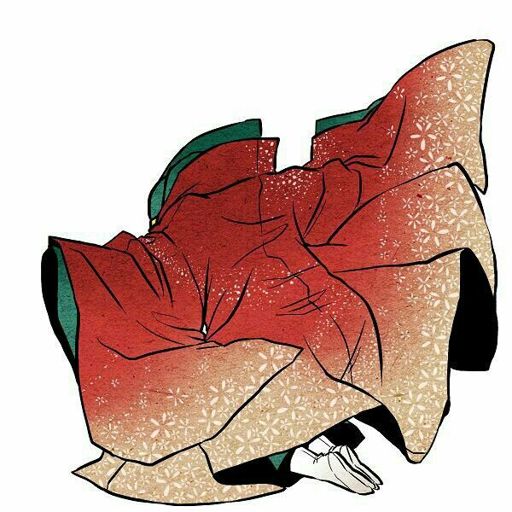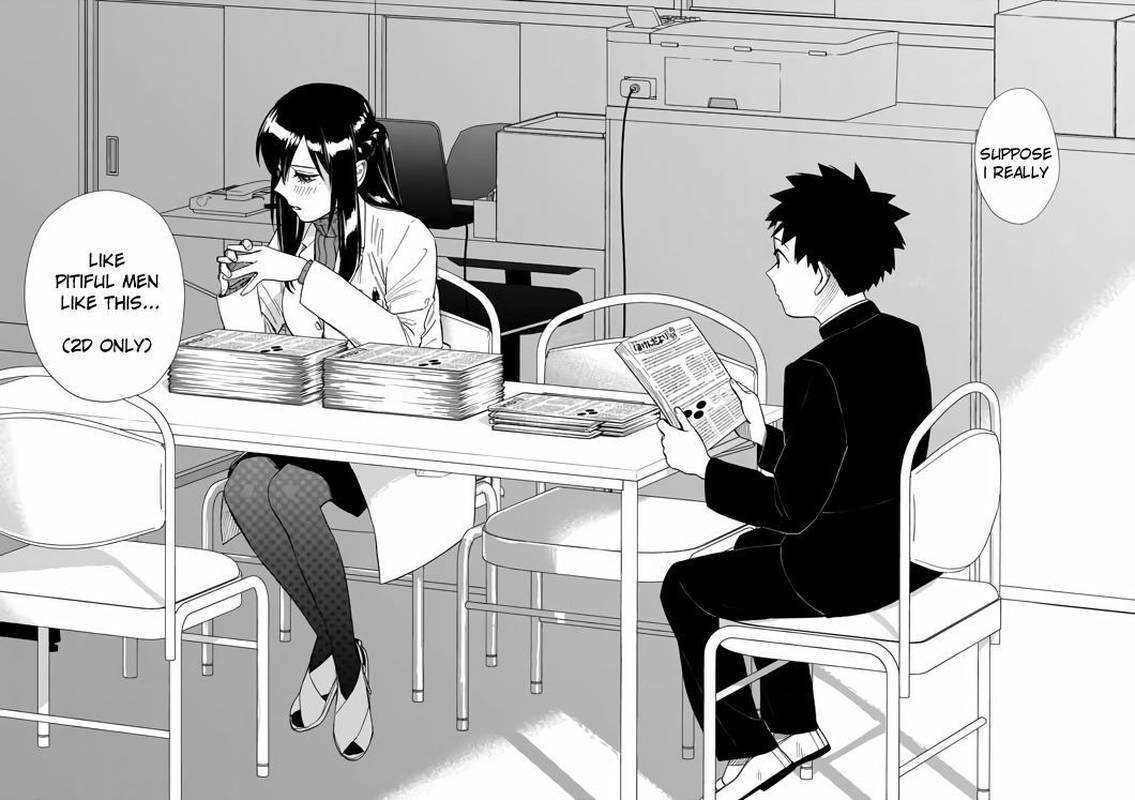

How and when you refer to yourself depends on the person you’re talking to, situation and context. Between all of these, Japan has the most first-person pronouns. If English is your native language, here’s a did-you-know: a lot of languages have multiple first-person pronouns, like Vietnamese, Indonesian and Korean. Jump to Japanese first-person pronouns using:Ībout Watashi, Boku, Ore - and A Million Other Japanese First-person Pronouns
Oneesan boku wa totemo kuru desu how to#
You’ll learn how to differentiate between the “I”‘s and find out which one is best for you. It’s just “I”, after all - why make things complicated? Thankfully, a lot of Japanese speakers don’t even stick to one pronoun. Ultimately, we want you to avoid feeling overloaded.

The Japanese culture is complex, and this complexity extends to the language, too. Then again, there are layers of subtext, social factors and psychological distance taken into consideration. Boku (僕) and ore (俺) are next respectively. So how do you know you’re using the right “I” in Japanese? If you watch enough anime, films or even the news, you’ll notice a pattern: watashi (わたし) stands as the most basic form of the first-person pronoun.

T here’s only “me”, “myself” and “I” in English, but when it comes to Japanese first-person pronouns, the options are seemingly endless. We want to make it clear that, despite the title, watashi, boku and ore aren’t the only ways to refer to yourself in Japanese.


 0 kommentar(er)
0 kommentar(er)
